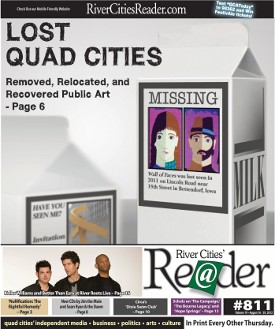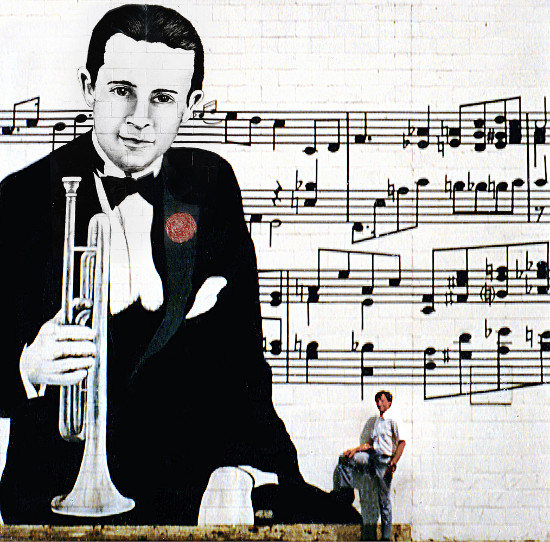
I recently came across a photograph of downtown Davenport taken from the corner of Second and Harrison streets and facing north. The photo has a 1907 copyright date but appears to have been taken before 1892, when the Redstone Building was built. As I looked at the image carefully, I was struck by the realization that nothing in this photo - not one building or object - still exists.
 I also saw a set of century-old photos of a roller coaster, merry-go-round, music pavilion, bowling alley, tunnel of love, and steep water ride - proclaimed as the largest amusement park west of Chicago - at the present-day location of the Black Hawk State Historic Site. It is so strange to see old photos that are identified as places we know well, yet little in them is familiar.
I also saw a set of century-old photos of a roller coaster, merry-go-round, music pavilion, bowling alley, tunnel of love, and steep water ride - proclaimed as the largest amusement park west of Chicago - at the present-day location of the Black Hawk State Historic Site. It is so strange to see old photos that are identified as places we know well, yet little in them is familiar.
From one year to the next, the Quad Cities seem to change little. Over the course of decades, however, the differences are dramatic.
The same is true of public artworks. Many dozens of artworks have been painted over, removed, or relocated. Not surprisingly, aging materials account for the disappearance of many of these artworks; the cumulative effects of sunlight and temperature extremes take their toll on paint and materials such as wood.
The decision to move an artwork to another site, on the other hand, usually stems from remodeling or changes in ownership of the property where the artwork was originally situated.
The following are some of the best-known artworks in the Quad Cities that have been removed or relocated. Some were painted on walls; some stood prominently in front of buildings; and some lived in parks and cemeteries. Some were created by renowned artists, others by area students. What they have in common is that they are no longer at their original sites.










